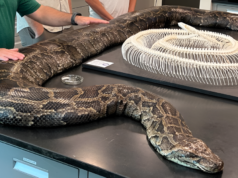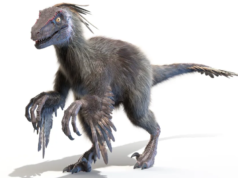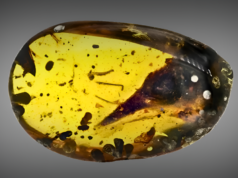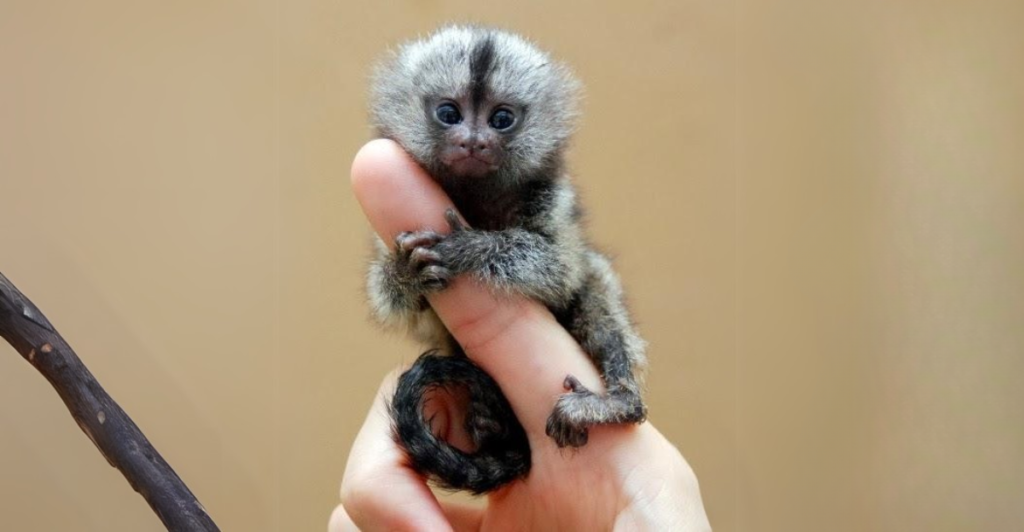
In the intricate web of life on Earth, the smallest creatures often go unnoticed. Yet, these minuscule beings play crucial roles in ecosystems, sometimes rivaling their larger counterparts in importance. From insects that fit on the tip of a pencil to animals smaller than grains of sand, here’s a fascinating dive into the 35 tiniest creatures discovered on Earth.
The Marvel of Miniature Mammals
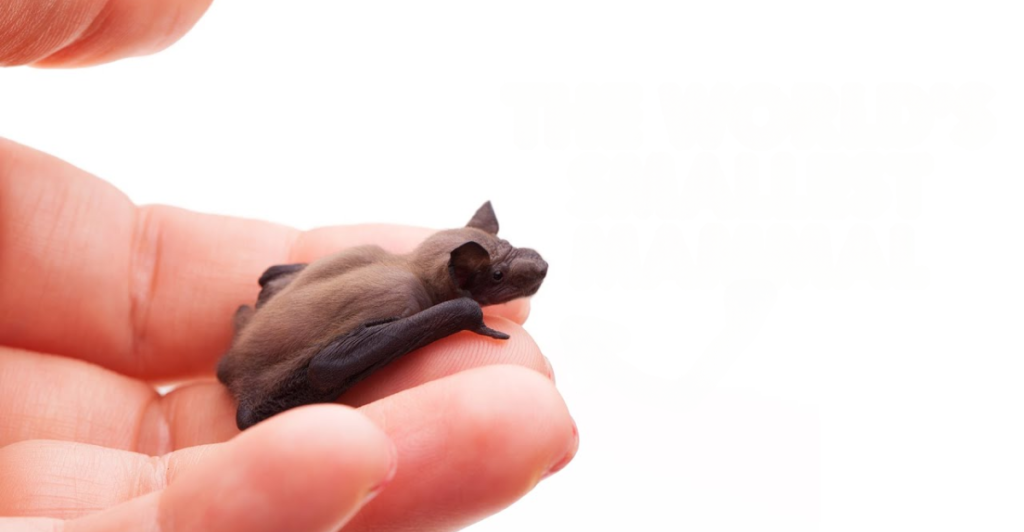
One of the tiniest mammals is the Bumblebee Bat, or Kitti’s hog-nosed bat, native to Thailand and Myanmar. Weighing just 2 grams, it holds the title of the smallest mammal by mass. In close competition is the Etruscan Shrew, whose rapid heartbeats (up to 1,500 per minute) fuel its voracious appetite for insects. These diminutive mammals highlight nature’s ability to pack complexity into a small package.
Birds That Fit in the Palm of Your Hand
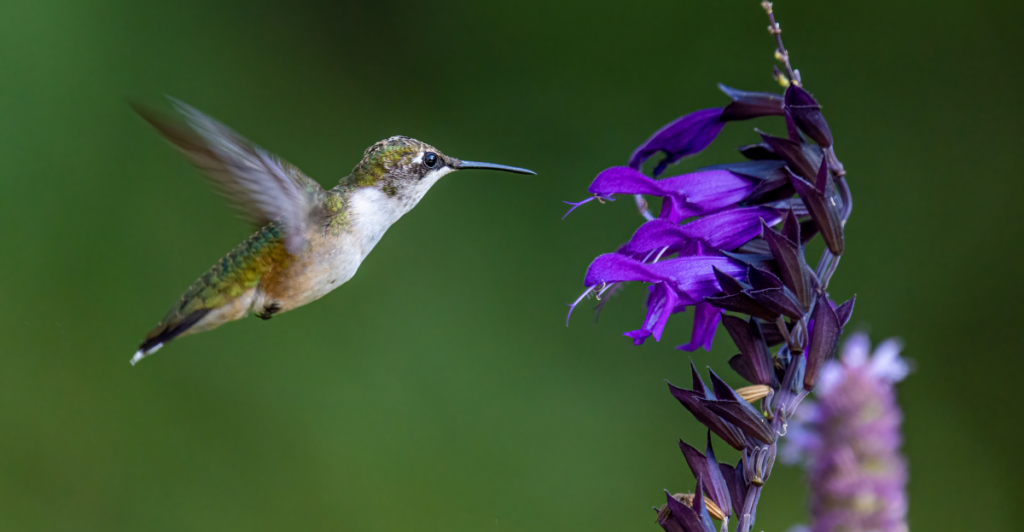
The Bee Hummingbird, found in Cuba, is the world’s smallest bird. Weighing less than 2 grams and measuring about 5.5 cm, its iridescent feathers shimmer under the sun. Its tiny size doesn’t stop it from being a pollination powerhouse.
Amphibians You Might Mistake for Insects
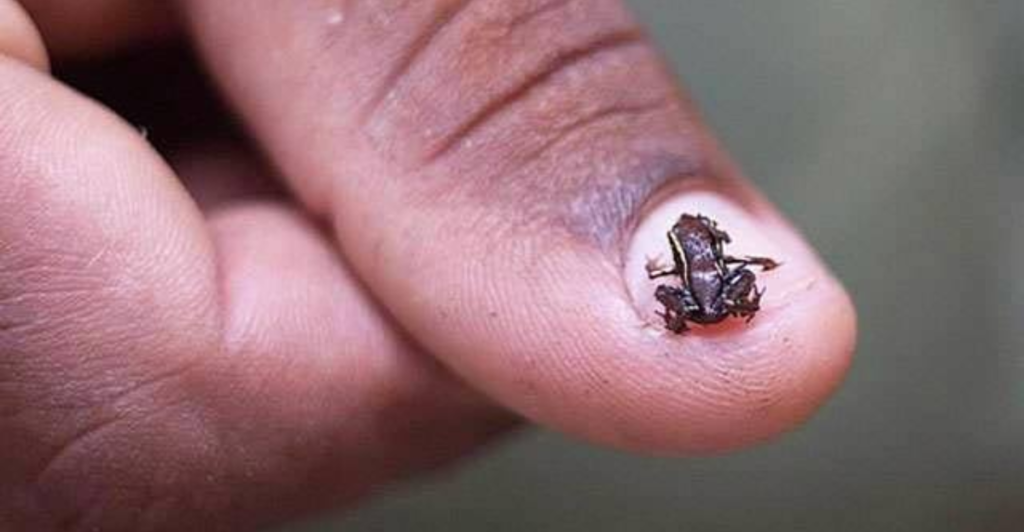
Amphibians are not left behind in the tiny realm. The Paedophryne amauensis, a frog species discovered in Papua New Guinea, holds the record as the smallest vertebrate, measuring just 7.7 millimeters. These frogs live in leaf litter, blending seamlessly with their environment.
Microscopic Marvels in the Insect World
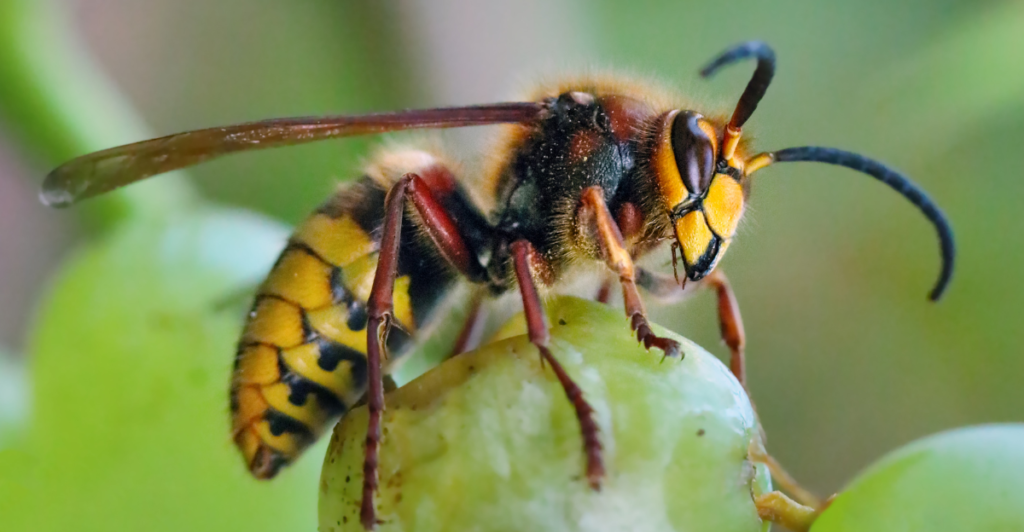
From the world’s smallest moth, Stigmella maya, with a wingspan of only 3 millimeters, to the Fairyfly, a parasitic wasp measuring less than 1 millimeter, insects push the boundaries of small size. Despite their tiny frames, they contribute immensely to pollination and pest control.
Tiny Reptiles and Their Big Impact
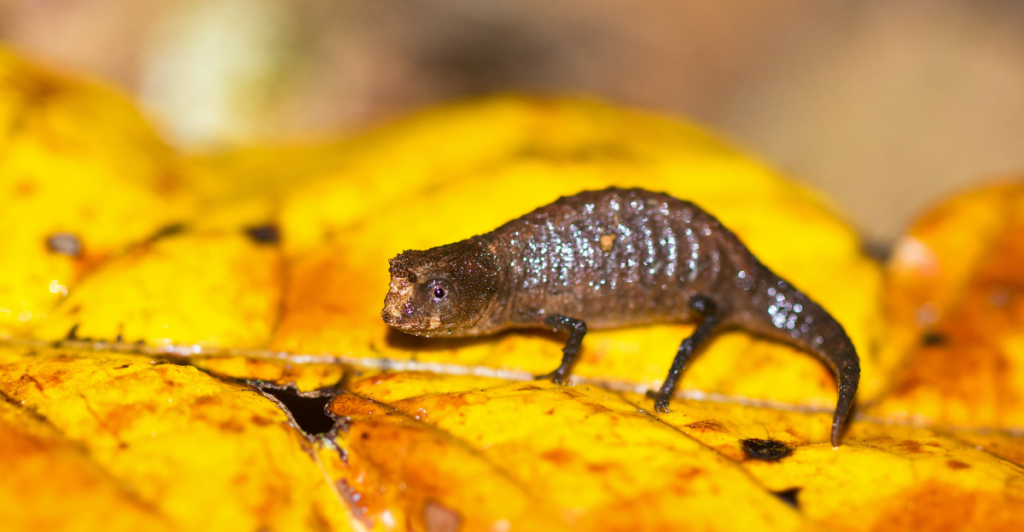
Madagascar is home to the Brookesia nana, the smallest known chameleon. Measuring just over 2 centimeters, it can rest comfortably on the tip of your finger. Its small size does not hinder its ability to camouflage and hunt for insects.
Marine Creatures Too Small to See
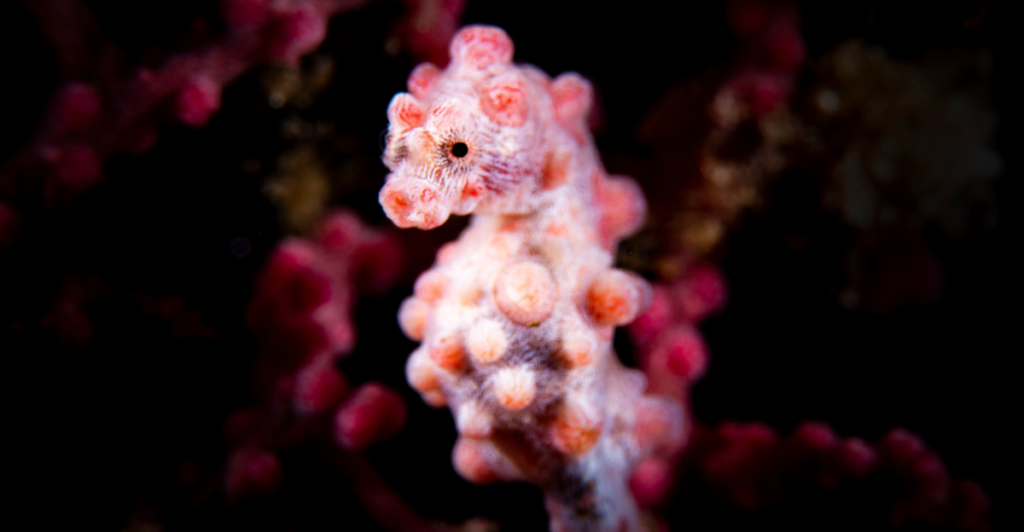
The ocean hosts countless tiny creatures, including the Pygmy Seahorse, measuring just 2.4 cm. These seahorses cling to coral, perfectly camouflaged to avoid predators. Even smaller are planktonic organisms like copepods, crucial to marine food chains.
Arachnids That Redefine Small
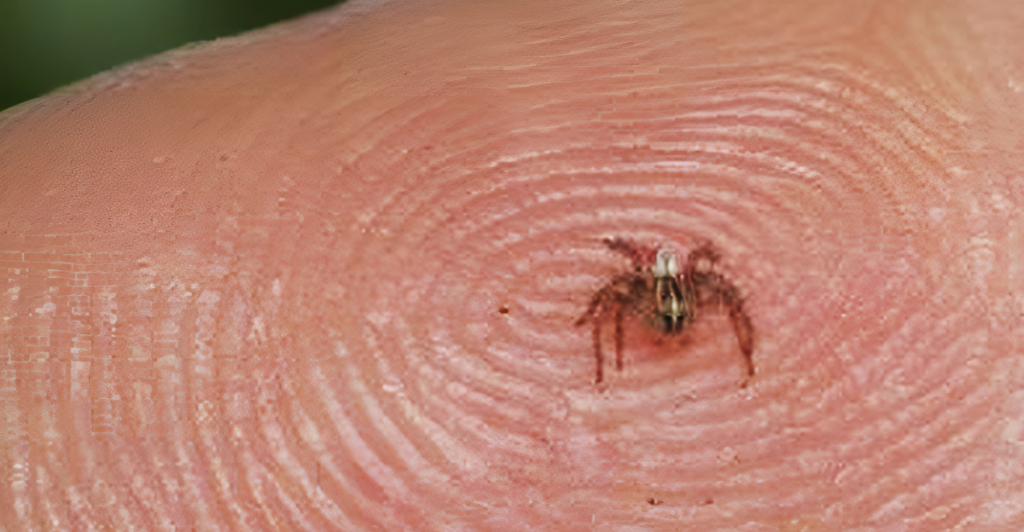
The Patu digua, a spider species native to Colombia, is smaller than a pinhead, measuring just 0.37 millimeters. Despite its size, it builds intricate webs to trap its prey, a testament to the versatility of arachnids.
Bacteria: Life at the Edge of Visibility
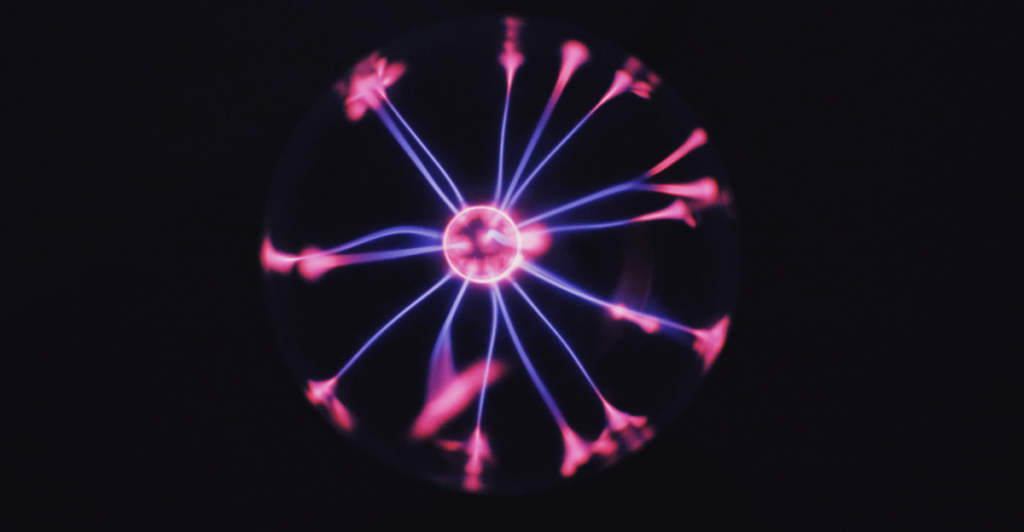
Among the smallest living organisms, bacteria like Mycoplasma genitalium, with a diameter of 0.2 micrometers, are invisible to the naked eye. They remind us that size doesn’t equate to significance, as bacteria are foundational to ecosystems and human health.
Beyond Animals: Tiny Fungi and Plants
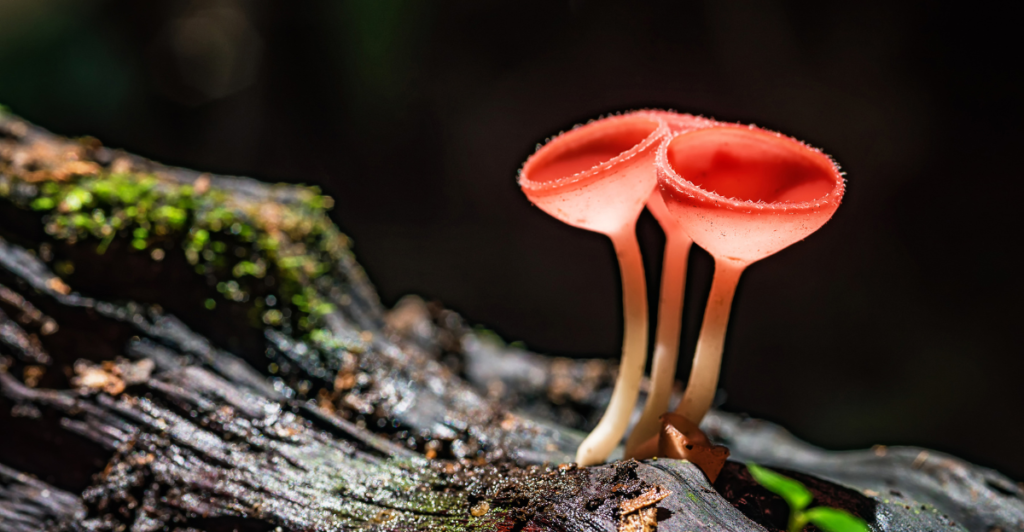
Fungi like Pneumocystis jirovecii, a microscopic organism often found in human lungs, and plants such as Wolffia globosa (also known as watermeal), measuring less than 1 millimeter, demonstrate how tiny life forms exist across kingdoms.
Why Tiny Creatures Matter
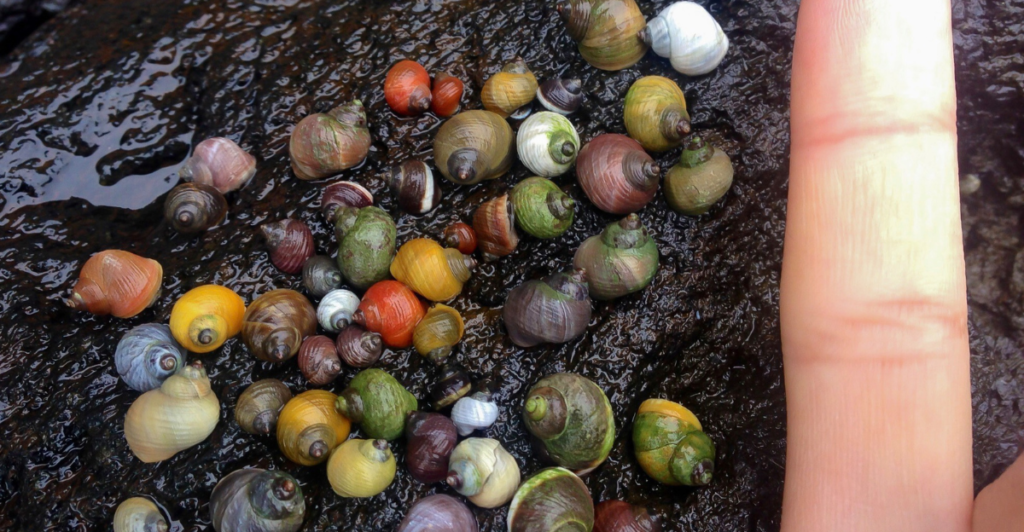
Small creatures, from bacteria to insects, often have disproportionate impacts on ecosystems. They pollinate plants, decompose organic matter, and serve as essential links in food chains. Without these diminutive beings, larger organisms, including humans, would struggle to survive.
The Challenges of Being Tiny
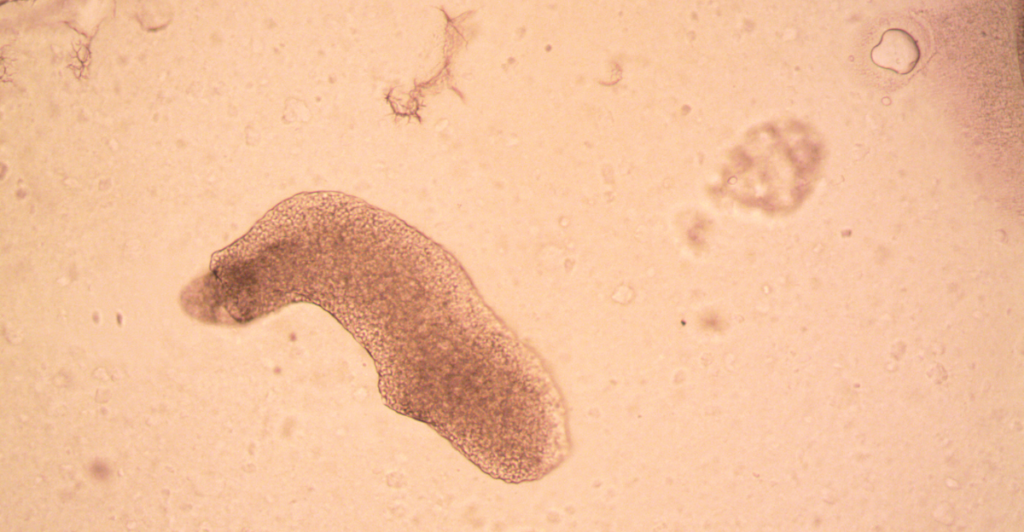
Living at a microscopic scale comes with challenges. Tiny creatures often have shorter lifespans, are highly sensitive to environmental changes, and must continuously find innovative ways to evade predators. Despite these hurdles, they thrive across the globe.
Exploring the Future of Tiny Discoveries
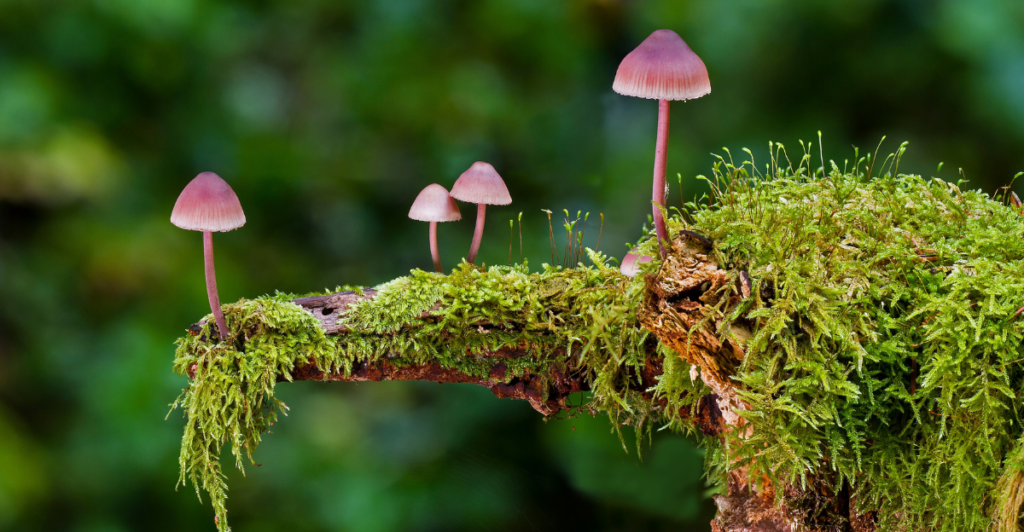
Advancements in technology, such as high-resolution microscopes, promise to uncover even smaller and more fascinating organisms. These discoveries could revolutionize our understanding of life’s diversity and the resilience of small-scale life forms.
The world of tiny creatures is a testament to nature’s creativity and adaptability. From microscopic fungi to small mammals, each plays a role in Earth’s intricate tapestry of life. By studying and protecting these miniature marvels, we ensure the survival of ecosystems that sustain life on our planet.
Stay connected with us for more stories like this! Follow us to get the latest updates or hit the Follow button at the top of this article, and let us know what you think by leaving your feedback below. We’d love to hear from you!


